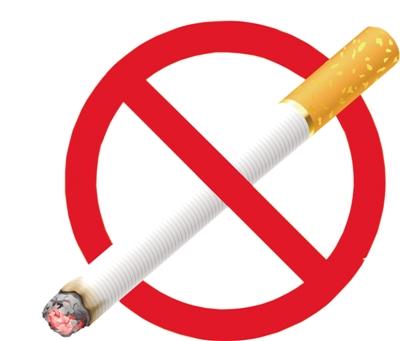This is the VOA Special English SCIENCE REPORT.
The World Health Organization estimates that more than four-million people die each year from the effects of smoking tobacco. That number is increasing.
W-H-O officials expect one-hundred-fifty- million people to die from tobacco use in the next twenty years. Seven in ten of those deaths will be in developing countries. These numbers are frightening.
Yet people around the world continue to smoke.
In the United States, about forty-seven-million adults currently smoke. American health experts say tobacco use is the leading preventable cause of death nationwide. This year, more than four-hundred-thirty-thousand Americans will die of diseases linked to smoking.
One day last month, thousands of Americans attempted to stop smoking. They were taking part in the Great American Smokeout.
The American Cancer Society has organized the Great American Smokeout every year for twenty-five years. The goal is to show the dangers of smoking and provide support for people who decide to stop smoking. The American Cancer Society says all cigarettes damage the body. It warns that smoking even a small number of cigarettes is dangerous.
It is not easy to stop smoking permanently. However, doctors say you probably will live longer if you do stop smoking. You will feel better and look better. You also will protect the health of family members who breathe your smoke.
The American Cancer Society says there is not just one right way to stop smoking. It says one method or a combination of methods may be successful. They include attending self-help programs or following directions in a book. The group says any way to stop smoking that is legal, moral and effective is worth trying. This could include taking long walks or spending time in areas where smoking is banned. Also, you could eat a small piece of fruit or vegetable instead of having a cigarette.
The American Cancer Society says the sooner smokers stop smoking, the more they can reduce their chances of getting cancer and other diseases. It says blood pressure returns to normal twenty minutes after smoking the last cigarette. Carbon monoxide gas levels in the blood return to normal after eight hours. After one day, the chance of heart attack decreases. After one year, the risk of heart disease for a non-smoker is half that of a smoker.
This VOA Special English SCIENCE REPORT was written by George Grow.
